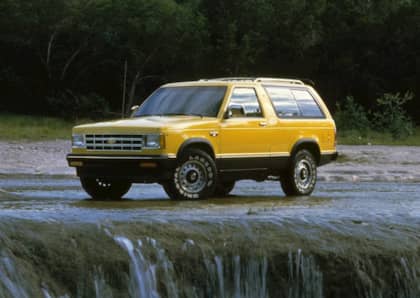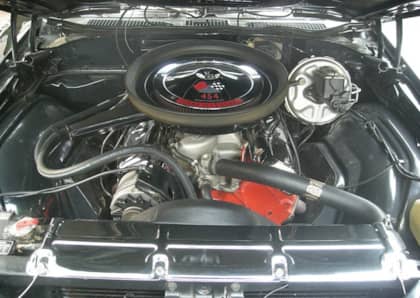The History Of GM's 4.3 Vortec V6, The King Of Compact Truck Motors
While the small block Chevy and its LS successor might get all of the glory, there's another motor from General Motors that deserves just as much praise in the truck world. The Chevrolet/GMC 4.3L V6, which first appeared in 1985, became the backbone of the automaker's small truck and SUV lines, and it would continue to evolve for the next three decades as engine controls and designs became increasingly sophisticated.
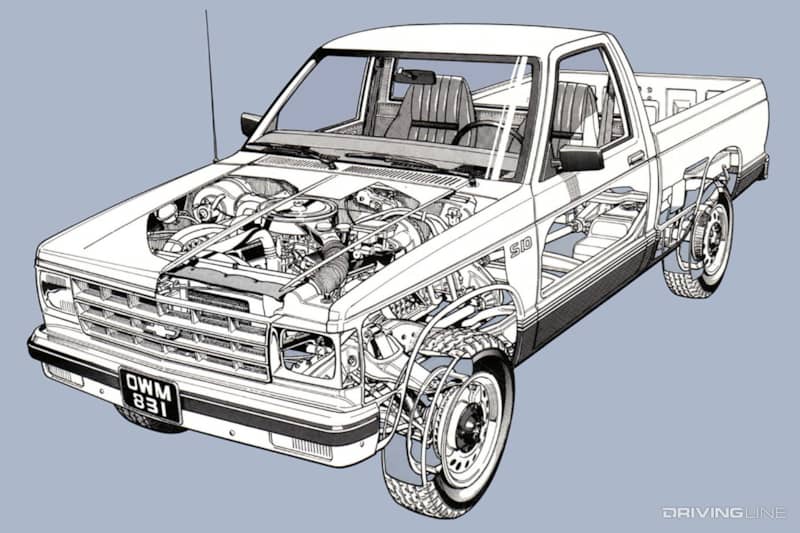
What made the 4.3L V6 such an enduring engine, and one that still today has thousands of dedicated enthusiasts working together to support a thriving community? The answer lies in GM's clever decision to build on its past success by bridging the old and the new in a simple, yet well-engineered solution.
The Old, Familiar Feeling
At first glance, the specs on the 4.3 V6 feel familiar. That's because its bore and stroke are a perfect match for the 350 cubic inch version of Chevrolet's legendary small block V8, leading some to call the six-cylinder a '3/4' version of the SBC.
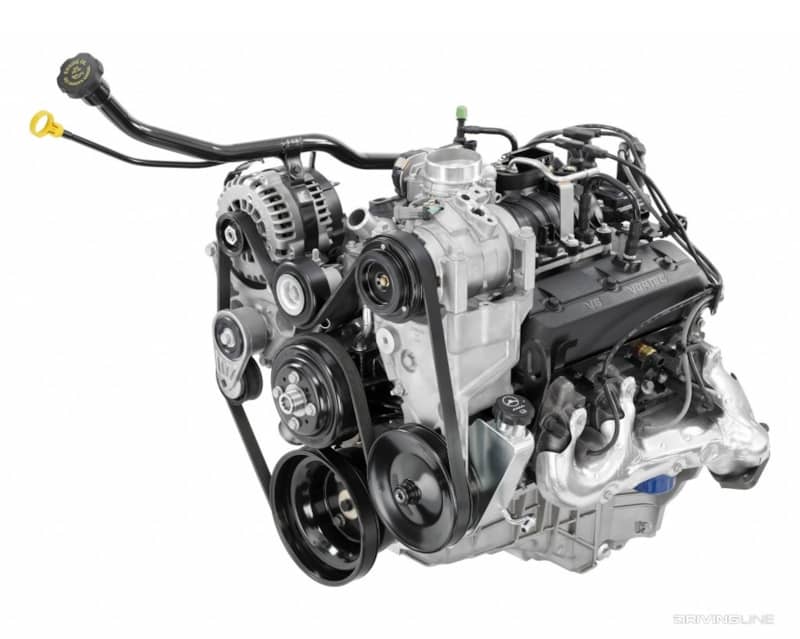
This was an inspired decision on the part of the General, as not only did it have almost a quarter of a century of experience with the small block's architecture (including production, design, and maintenance), but it also linked the V6 to the V8 in terms of design. This would allow the entire family of engines to move forward and evolve together through time, and the motors even shared the same main bearings, cam bearings, pistons, and valvetrain.
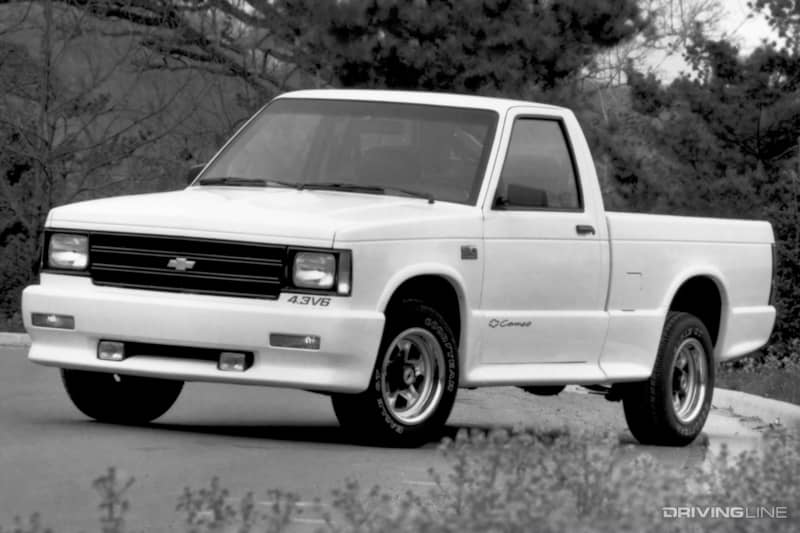
There were a few key differences that separated the 4.3 from previous GM V6s. The engine was converted to an even-fire setup, matching that of the V8, with an external balancer. GM also began to advertise a new air/fuel mixing method using a 'vortex' inside the combustion chamber that it would brand 'Vortec.' Eventually, all of GM's truck motors would fall under the 'Vortec' banner that the 4.3 was introduced under.
Good Power Out Of The Gate
The larger bore of the 4.3 would help it push past previous GM V6 engines in terms of performance. Initially, the carbureted LB1 unit was rated at 155hp and 230 lb-ft of torque, and would be offered in Chevrolet and GMC full-size pickups as well as vans. A throttle-body injection system was also available in a less-impressive 130hp LB4 tune in full-size cars like the Chevrolet Caprice and the Monte Carlo coupe, as well as their Pontiac (the Parisienne and Grand Prix) equivalents. For a time, even the El Camino would feature a 4.3L option.
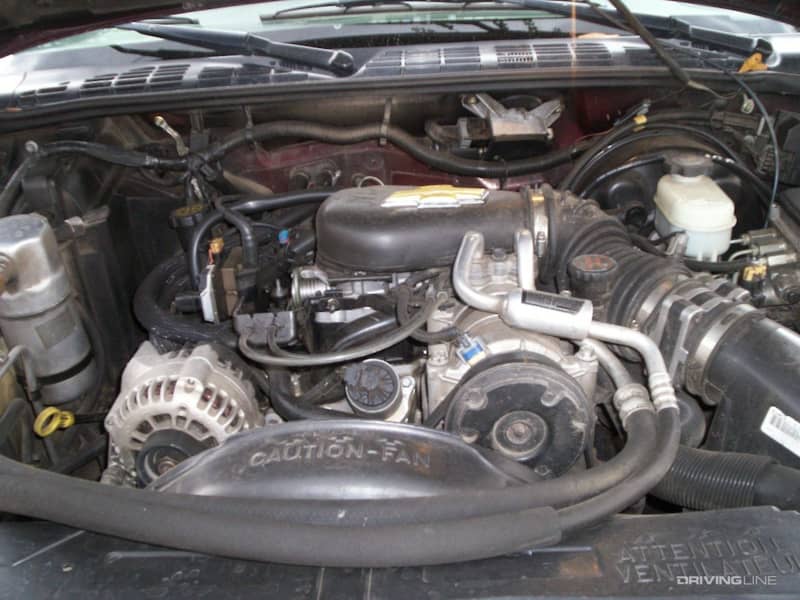
The following year throttle-body models would gain an extra 10 horsepower, and by 1987 the truck version of the 4.3 had graduated to a 160hp version of the same fuel injection setup. It was around this time that the smaller members of the Chevrolet and GMC truck family—the compact S10 and S15 pickups, as well as their Blazer and Jimmy equivalents—would graduate to the 4.3L V6.
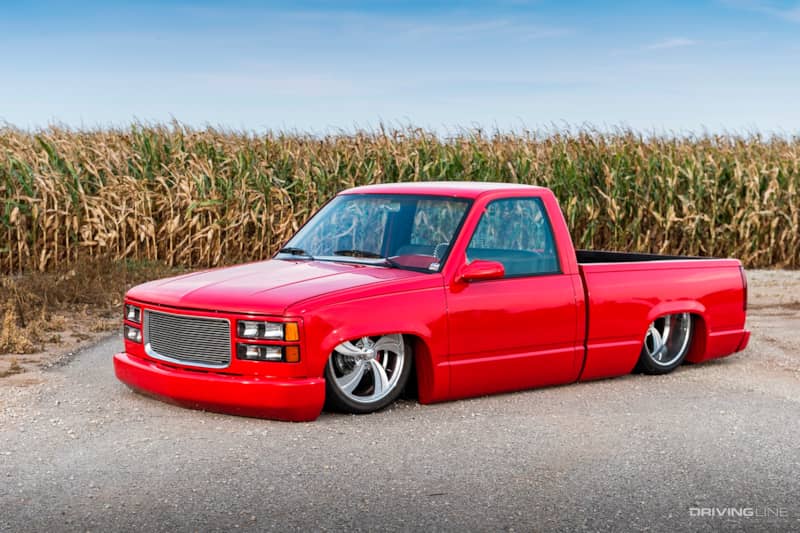
This was an important move for Chevrolet and GMC. Previously, their respective small pickups had been restricted to the rought-and-tumble 2.8L version of the previous-generation GM six-cylinder, which provided a mere 110hp when the model launched. Gaining 50 ponies and, more importantly, 70 lb-ft of torque, would help the S10 and the S15 add a new dimension of utility to the mix.
Blowing Past The Jonses
In the early '90s, General Motors would make several changes to the 4.3 to keep it competitive with other six-cylinder truck motors that had begun to populate the market (such as Jeep's 4.0L I6 that was on the verge of its 'high output' model).
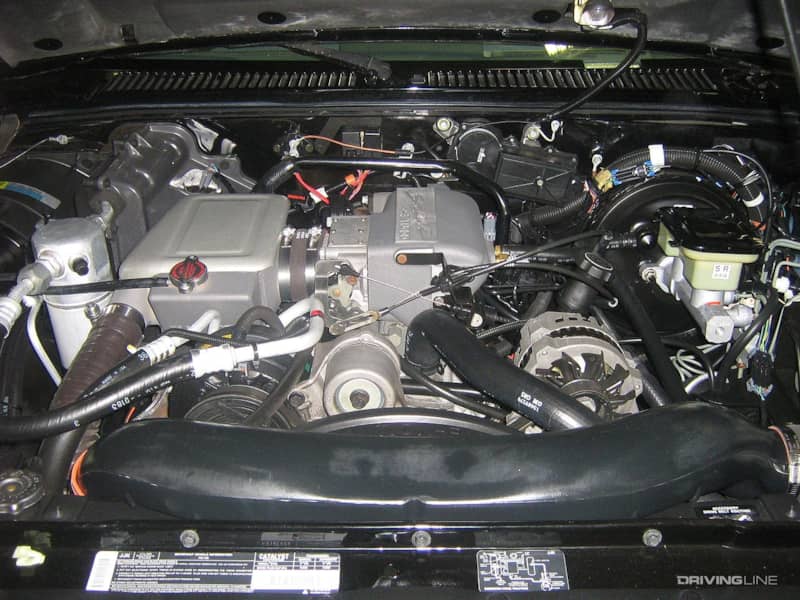
A unique turbocharged 4.3L V6 would debut in 1991 in the low-production GMC Syclone. This heavily reworked version of the LB4 would delivery 280hp and 360 lb-ft of torque, and it would be available until 1993 in the GMC Typhoon SUV, which was based on the S15 Jimmy.
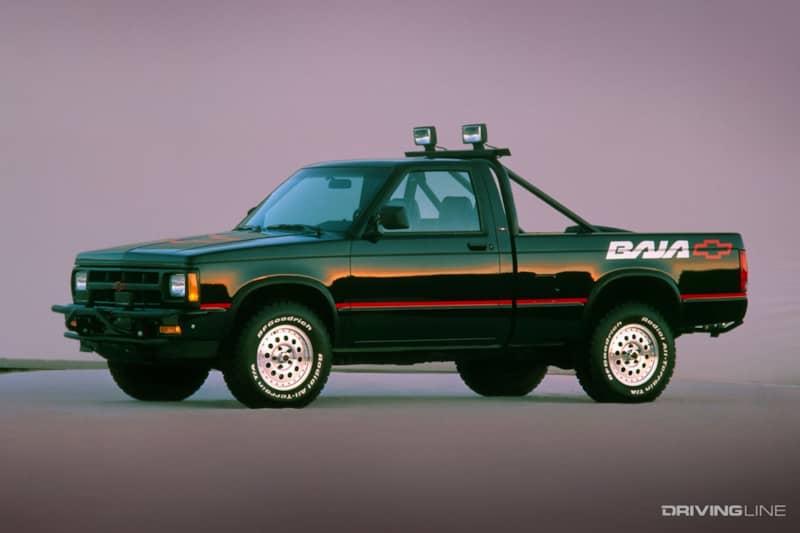
For naturally-aspirated trucks, a balance shaft was installed in 1992 in order to reduce vibration at higher speeds, followed closely by a central port injection system that would boost output to as much as 200 horses and 260 lb-ft of torque. This was a major move for the S10 and S15, as its main rival, the Ford Ranger was stuck at the 145hp mark with its own 4.0L six-cylinder. Even apart from the Syclone and Typhoon, Chevrolet and GMC were able to deliver a number of unique performance models that leveraged the 4.3's power gap over the Ranger.
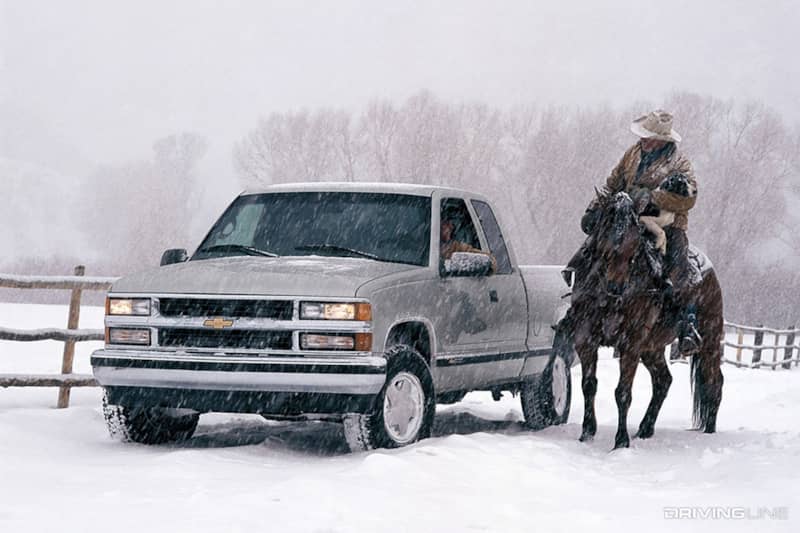
The engine continued to be used in other pickups, vans, and SUVs (although it had been phased out of most of GM's car line-up), and by mid-decade the Vortec family had finally expanded to cover the small block V8. This meant that, like its eight-cylinder siblings, the V6 also gained a new cylinder head design. It was a move intended to bolster efficiency rather than boost power, and output for the 4.3 remained in the 190 to 200 horsepower range for its most common applications. At this point, the 4.3 had become known internally as the LF6 as the base motor for Chevrolet and GMC's compact trucks, and the L35 in every other model.
Vortec Forever
At the end of the 90s, the Vortec series of V8 engines would be put out to pasture in favor of the LS architecture that would come to define GM's pickup, van, and SUV strategy for the next 15 years. Just like the 4.3 had been the first engine to be branded 'Vortec,' so would it be the last, as it soldiered on separately from the LS.
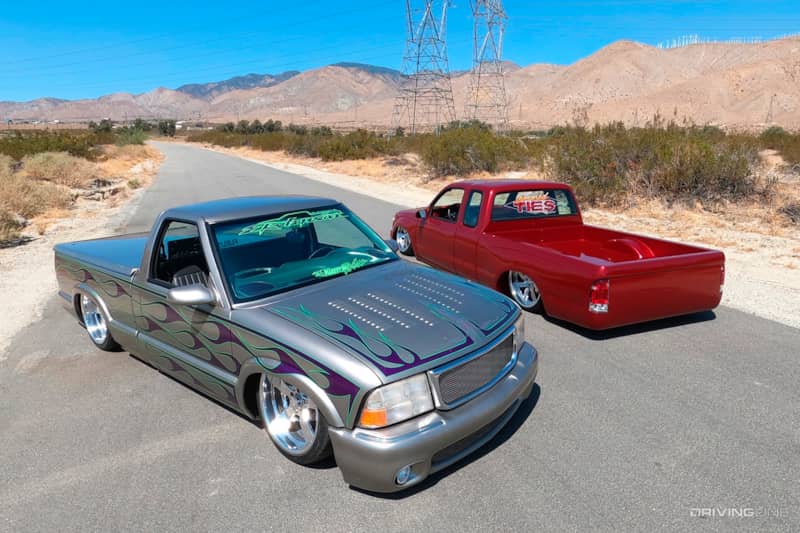
There was one more major refresh in store for the 4.3 for the 2003 model year, and that was the introduction of multi-point fuel injection. Again, this was more of an emissions and efficiency move, with horsepower and torque staying the same as they always had been. The updated motors were sold as the LU3, and they also included a more balanced camshaft for quieter operation.
A Lasting Legacy
The 4.3 would last all the way until 2014, when it, like the shorter-lived LS family, would be replaced by GM's 'Gen V' six-cylinder and eight-cylinder motors. Although a 4.3L version of this new engine family is currently available, it's completely unrelated to the one that came before it.
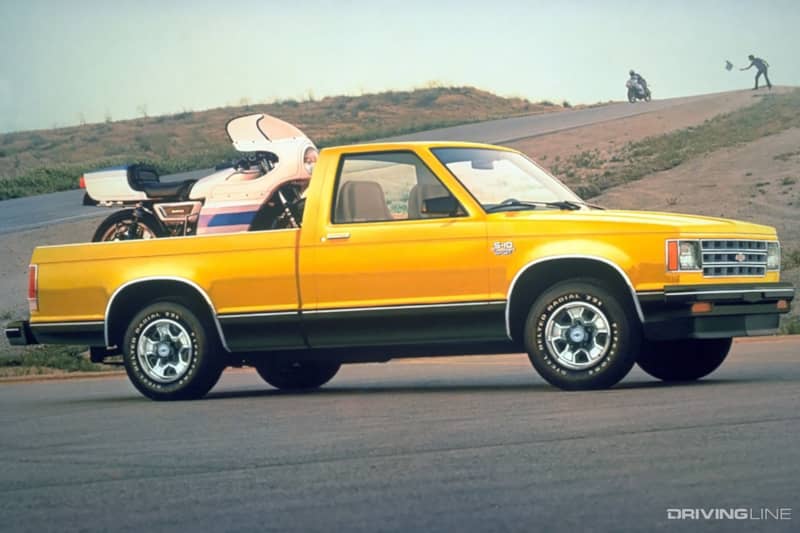
With such a long history in the world of trucks, SUVs, and vans, and deep aftermarket support to match, the Vortec 4.3 (also known as the 4300) has become a surprisingly popular swap option for those seeking to modernize older pickups and sport-utility vehicles on a budget. It also occasionally shows up in sports cars and remains popular among grassroots racers.
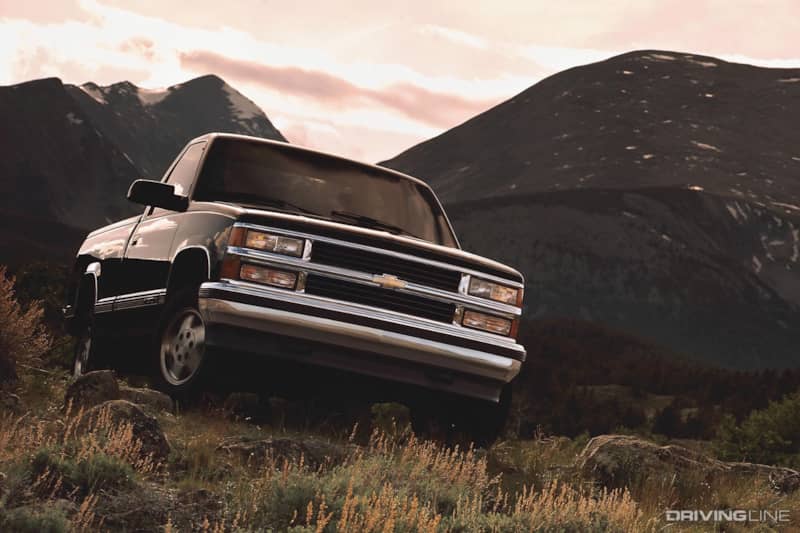
It's unlikely that GM's engineering team thought that the Vortec V6 would have such an extended tour of duty, that it would be turbocharged and stuffed under the hood of a Porsche-beating pickup, or that it would eventually be appreciated outside of its humble workaday beginnings. To this day, it remains one of the most versatile V6 engines to have ever emerged from Detroit.
More From Driving Line
- Not all V6s played second fiddle to V8 engines. Check out these mighty big sixes that helped make the truck market what it is today.




